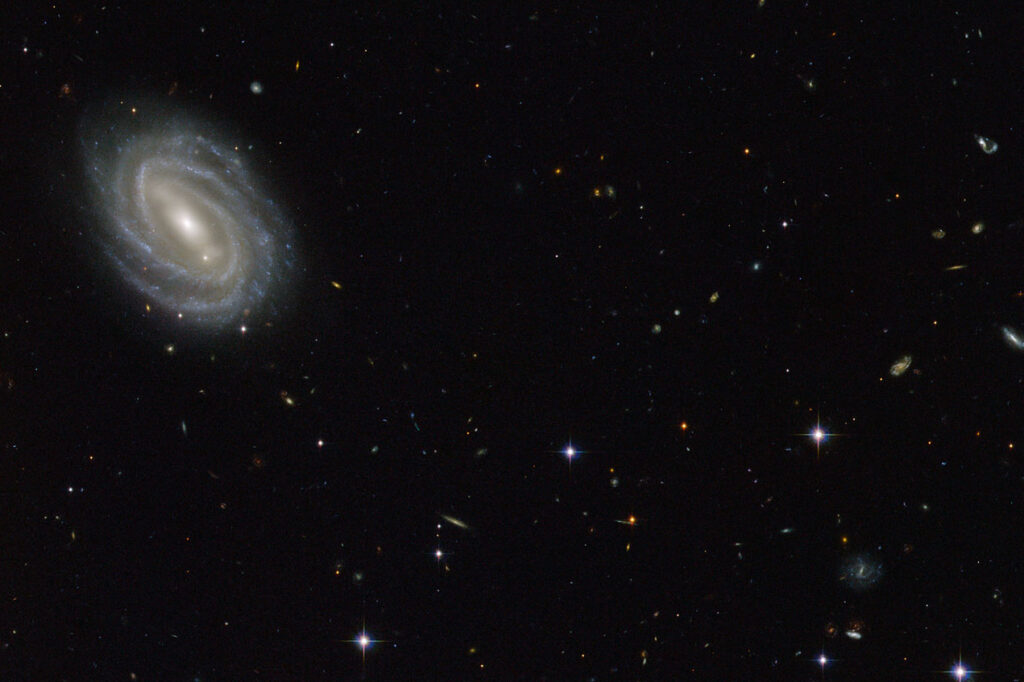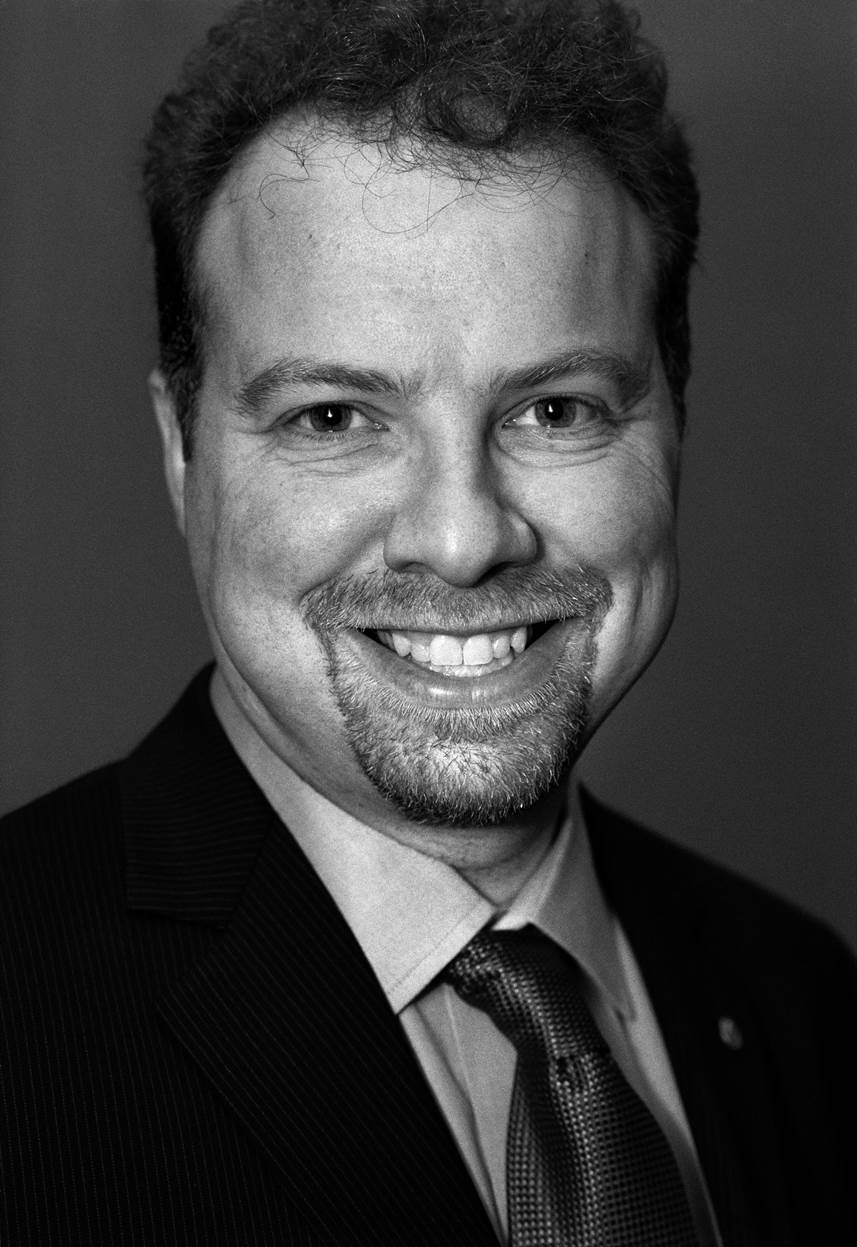The surprising expansion: History of the universe
The surprising expansion: History of the universe
The surprising expansion: History of the universe
I 1929 opdagede Edwin Hubble, at universet udvider sig. 80 år senere kunne man ved hjælp af the Hubble Space Telescope, der bærer hans navn, studere et endnu mere overaskende fænomen: At universets udvidelse tiltager i fart.
Nobelprismodtager Dr. Adam G. Riess gav en forelæsning om sin forskning i accelerationen af universets udvidelse, og hvordan såkaldt mørk energi er en del af forklaringen på denne.
Denne forelæsning var nr. 25 i rækken af Royal Academy Nobel Laureate Lectures, som Videnskabernes Selskab afholder i samarbejde med Novo Nordisk Fonden.
Dette foredrag er på engelsk.
In 1929, Edwin Hubble discovered that our Universe is expanding. Eighty years later, the Space Telescope that bears his name is being used to study an even more surprising phenomenon: That the expansion is speeding up. The origin of this effect is not known, but is broadly attributed to a type of “dark energy” first posited to exist by Albert Einstein and now dominating the mass-energy budget of the Universe. Professor Riess will describe how his team discovered the acceleration of the Universe and why understanding the nature of dark energy presents one of the greatest remaining challenges in astrophysics and cosmology. He will also discuss recent evidence that the Universe continues to defy our best efforts to predict its behavior.

Adam Riess is a Bloomberg Distinguished Professor, the Thomas J. Barber Professor in Space Studies at the Krieger School of Arts and Sciences, a distinguished astronomer at the Space Telescope Science Institute and a member of the National Academy of Sciences.
He received his bachelor’s degree in physics from the Massachusetts Institute of Technology in 1992 and his PhD from Harvard University in 1996. His research involves measurements of the cosmological framework with supernovae (exploding stars) and Cepheids (pulsating stars). Currently, he leads the SHOES Team in efforts to improve the measurement of the Hubble Constant and the Higher-z Team to find and measure the most distant type Ia supernovae known to probe the origin of cosmic acceleration.
In 2011, he was named a co-winner of the Nobel Prize in Physics and was awarded the Albert Einstein Medal for his leadership in the High-z Supernova Search Team’s discovery that the expansion rate of the universe is accelerating, a phenomenon widely attributed to a mysterious, unexplained “dark energy” filling the universe. The discovery was named by Science magazine in 1998 as “the Breakthrough Discovery of the Year.”
His accomplishments have been recognized with a number of other awards, including a MacArthur Fellowship in 2008, the Gruber Foundation Cosmology Prize in 2007 (shared), and the Shaw Prize in Astronomy in 2006.
Spørgsmål

Trine Hagerup
Programkonsulent

Dr. Adam G. Riess
